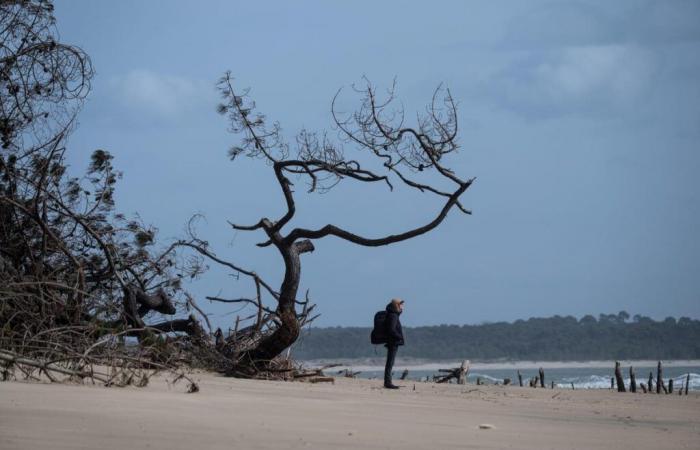Sedimentary stock on the decline
In the Bay of Biscay, the sand shifts mainly from north to south through littoral drift, a lateral current to the shore. It plunges partly into the abyssal depths onto which the Capbreton canyon opens, to the south of the Landes. The sediment arriving from the north by the same littoral drift replaces it.
Year in and year out, it’s insufficient. With the end of the last ice age, more than ten thousand years ago, enormous quantities of material were carried by rivers from the land to the ocean, and fattened the shores. This flow has diminished. As for the hand of man, it has reshaped the watersheds with dams, embankments and massive extractions of aggregates from the beds of large rivers.
“The depletion of sediment stock today constitutes the primary cause of coastal erosion. No region in the world is spared,” indicates the Coastal Conservatory. According to the New Aquitaine Coast Observatory, the coastline is retreating on average by 2.5 m per year in Gironde, by 1.7 m in Landes and by 25 centimeters per year on the cliffs of the Basque Country. Charente-Maritime and its very diverse coastlines are also affected.
Eye on sea level rise
Caused by the upheaval in the climate, the acceleration of the rise in sea level aggravates the phenomenon. But, as noted in the reference document of the AcclimaTerra regional scientific committee – “Anticipating climate change in New Aquitaine”, 2018 report –, “quantifying the impacts of climate change on the erosion of sandy coasts is a real scientific challenge” . Even if, locally, we will observe contrasting realities, it is nevertheless clear that the erosion trend in the region “will be continued and accelerated” in the times to come.






